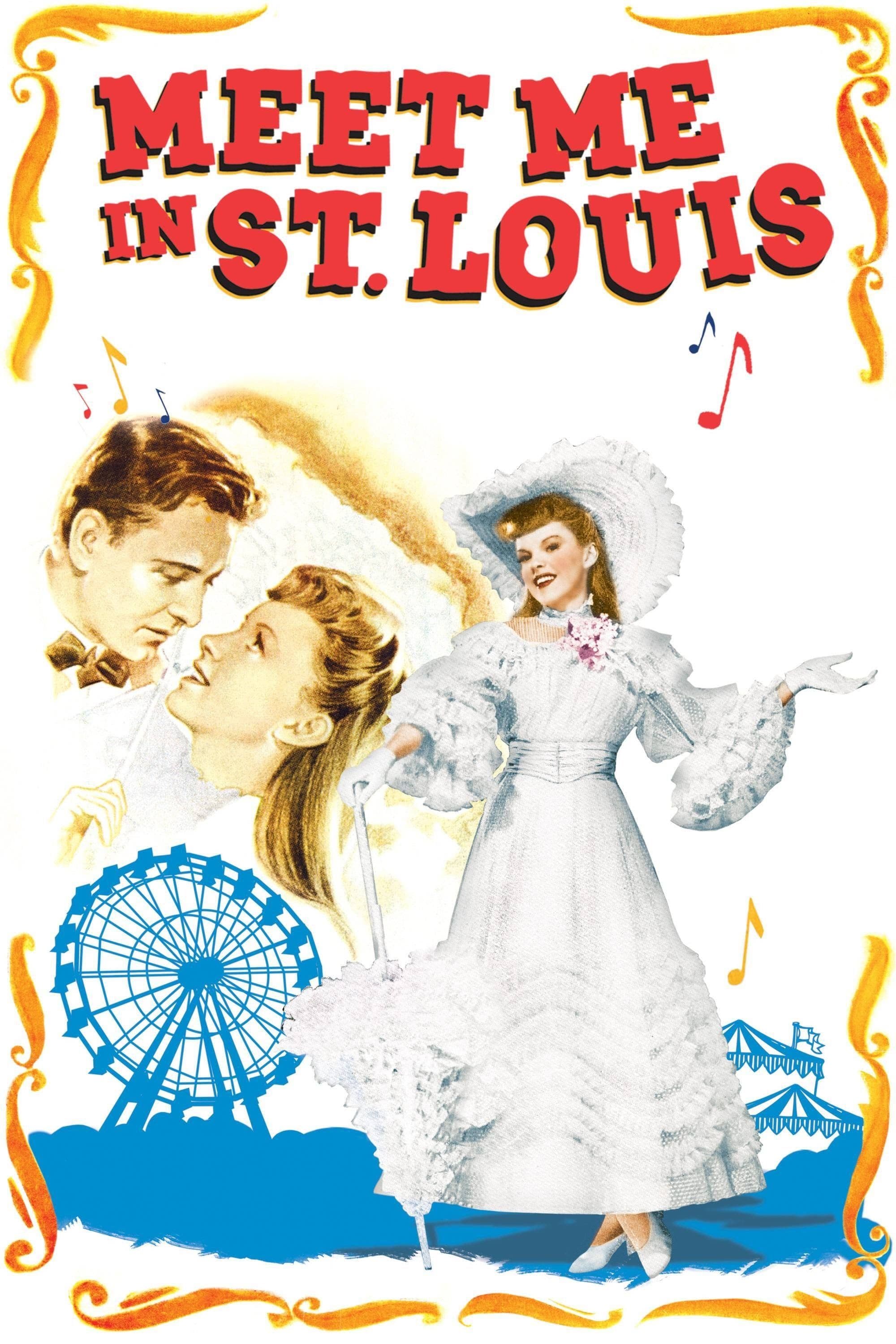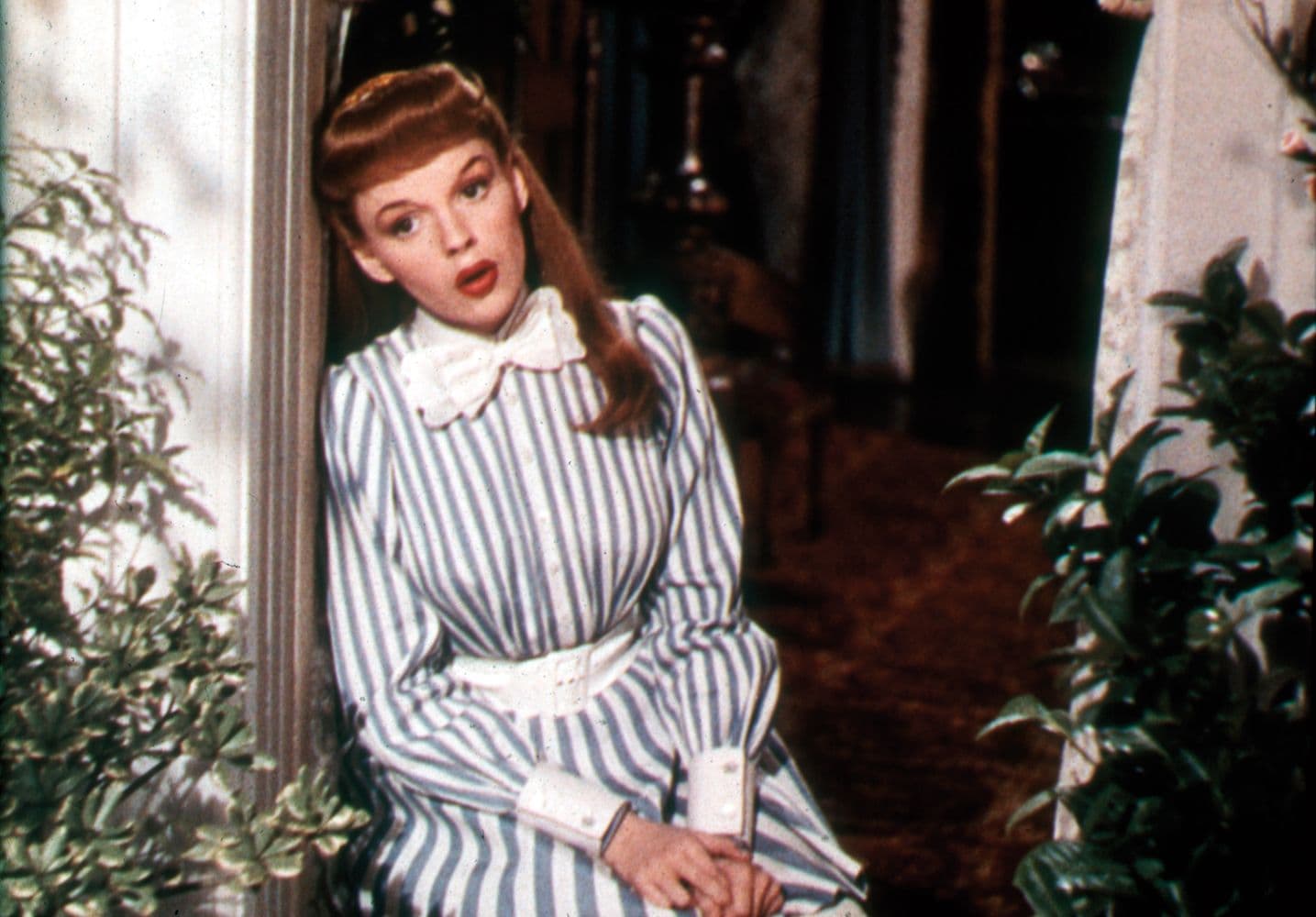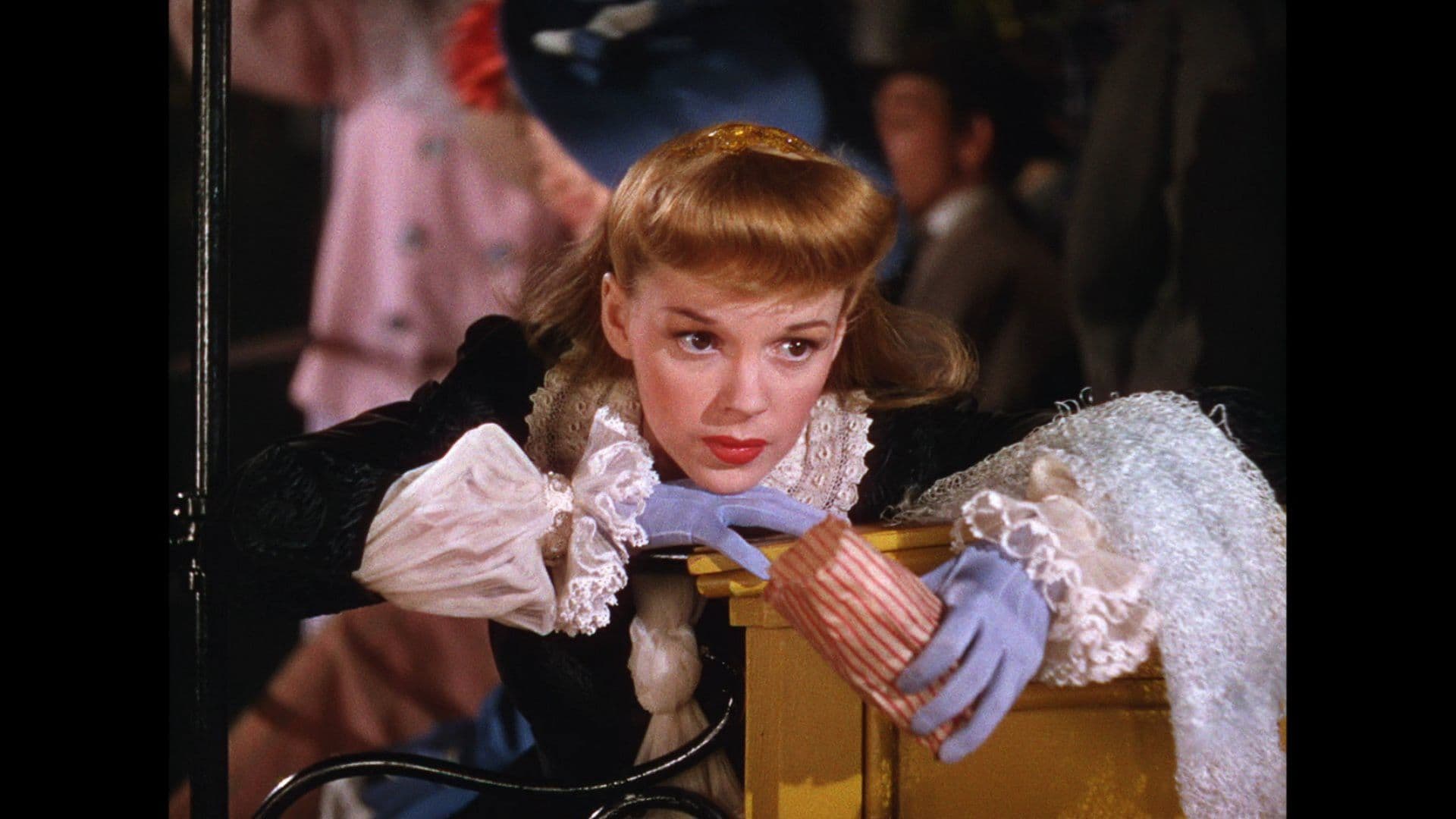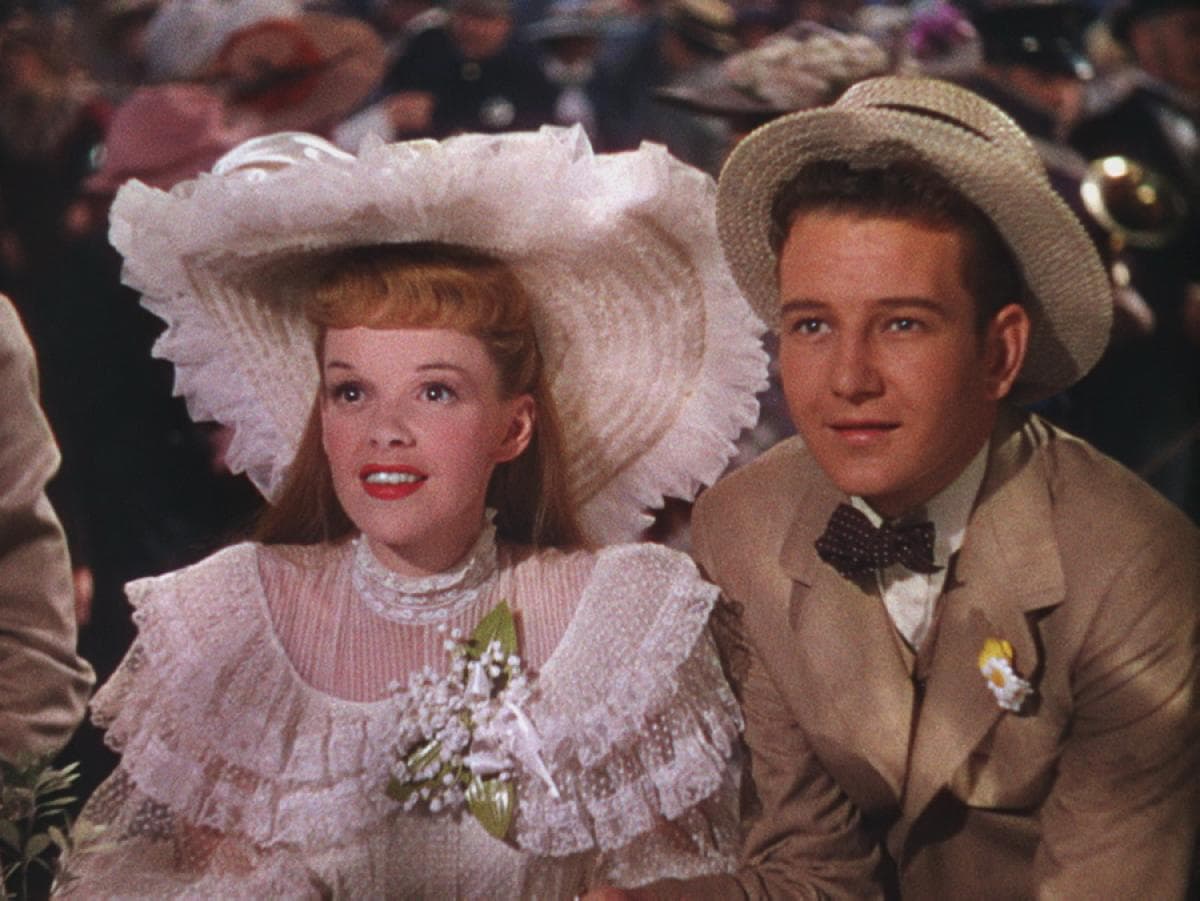
Meet Me in St. Louis
1944
Rate this movie
Average: 0.00 / 5
(0 votes)
Director
A gentle breath permeates this work, making it fresh and graceful, a musical comedy that glides across the screen like a fleeting dream, an almost Proustian evocation of a time gone by, filtered through the benevolent prism of nostalgia. It is not merely ephemeral entertainment, but a true act of love towards an idealized America, that Belle Époque preceding the explosion of the great twentieth-century disillusionments, transforming every frame into a living postcard, imbued with a warm and reassuring light.
Vincente Minnelli, called in by the production at the last moment to replace George Cukor – a choice that proved prophetic, shaping the destiny of the Hollywood musical – did not disappoint expectations, and although relatively inexperienced (this was his third film, his first in color and his first large-scale production), he demonstrated extraordinary skill. Cukor's shadow, master of actor direction and dramatic subtleties, might have infused a drier realism, but Minnelli, with his theatrical background and exceptional visual sensitivity, embraced the intrinsically stylized nature of the musical. His direction, imbued with refined theatricality, successfully rendered the early 20th-century atmospheres and the lightness of dance and song perfectly interwoven into the narrative fabric, elevating each musical number into a choreographic and chromatic sequence of rare beauty. The use of Technicolor here is not mere artifice, but an expressive language: the saturated colors, the warm tones of the domestic interiors, the vibrant green of the gardens, and the golden hues of sunset create a tangible yet fairy-tale world, a true impressionistic canvas in motion. Minnelli does not merely light the set, but paints with light, transforming every scene into a vivid picture, anticipating his visual genius that would fully blossom in subsequent masterpieces like An American in Paris or The Band Wagon.
The story is set in St. Louis, Missouri, in 1903, on the eve of the grand 1904 World's Fair, an event that would symbolize American modernity and progress, and whose imminence permeates the air with an almost feverish excitement. A family consisting of parents and four daughters must confront the news of a transfer to another city, New York, threatening to uproot their placid existence and deeply rooted traditions. Thus begins a saraband of images, songs, and visions in a beautifully reconstructed St. Louis, a true time capsule celebrating the daily rituals, festivities, and minor dramas of an age of innocence. The Smith home is not just a dwelling, but a sanctuary of memory, a sentimental archive that the threat of relocation makes even more precious, awakening the deep emotional bond with the place, the people, and the customs that define the family's identity.
Remarkable, indeed unforgettable, is Judy Garland's performance as Esther Smith. Her performance is not simply a succession of musical numbers, but a well-rounded portrait of a young woman poised between the ardor of first love and the melancholy of imminent change. Her voice, capable of expressing an infinite range of emotions, becomes the true beating heart of the film. Memorable, among many gems, is the scene where the very young Margaret O'Brien (just 7 years old at the time of filming), in the role of the precocious Tootie, sings on Halloween night. Her performance, imbued with an unsettling innocence and palpable vulnerability, with her authentic tears and childlike desire to destroy snowmen in an act of rebellion against loss, imbues the film with an unexpected depth, an almost surreal touch that breaks the sugary veneer of perfection.
Many scenes powerfully emerge in memory, each a small fresco of life. One among many, and perhaps the most iconic: The Trolley Song, sung by a choir of well-to-do ladies on a clattering tram and ennobled by Judy Garland's solo voice. This sequence is a triumph of choreography and musical integration, where the movement of the tram, the contagious joy of the lyrics, and the actors' gestures merge into a single, irresistible explosion of life and desire. But no less powerful is Have Yourself a Merry Little Christmas, sung by Garland during Christmas Eve. Originally composed with darker lyrics and revised at the request of the actress herself and Minnelli to infuse necessary hope into a film released in the midst of World War II, this song has become a universal anthem of resilience and fortitude, conveying a tender melancholy and a yearning for a better future, reflecting the anxiety and hope of an entire nation. This number, with Judy's real tears, offers one of the most genuinely moving moments in cinematic history, revealing human fragility behind the perfection of the set designs.
Meet Me in St. Louis is, ultimately, a film that arrives like a refreshing breeze on a sultry day, a timeless ode to family, home, and memory. Light and refreshing on its surface, it conceals beneath the sparkling veneer of the musical a subtle meditation on the passage of time and the essential importance of roots. Its unmistakable atmosphere and timeless aesthetic consecrate it not only as an enduring classic of the Hollywood musical, but as a work of art that continues to enchant and move, offering refuge in a world of beauty and harmony that withstands the wear of years and the challenges of the present.
Country
Gallery





Featured Videos
Official Trailer
Comments
Loading comments...